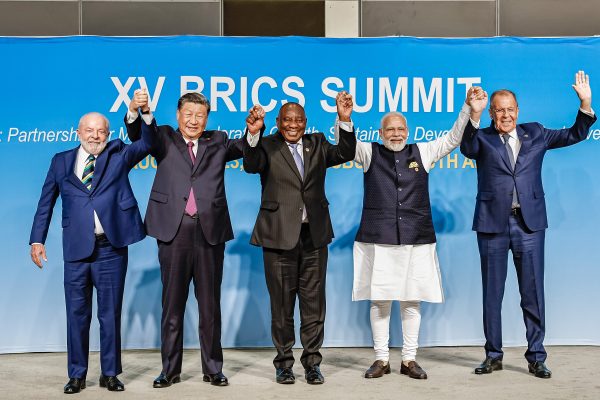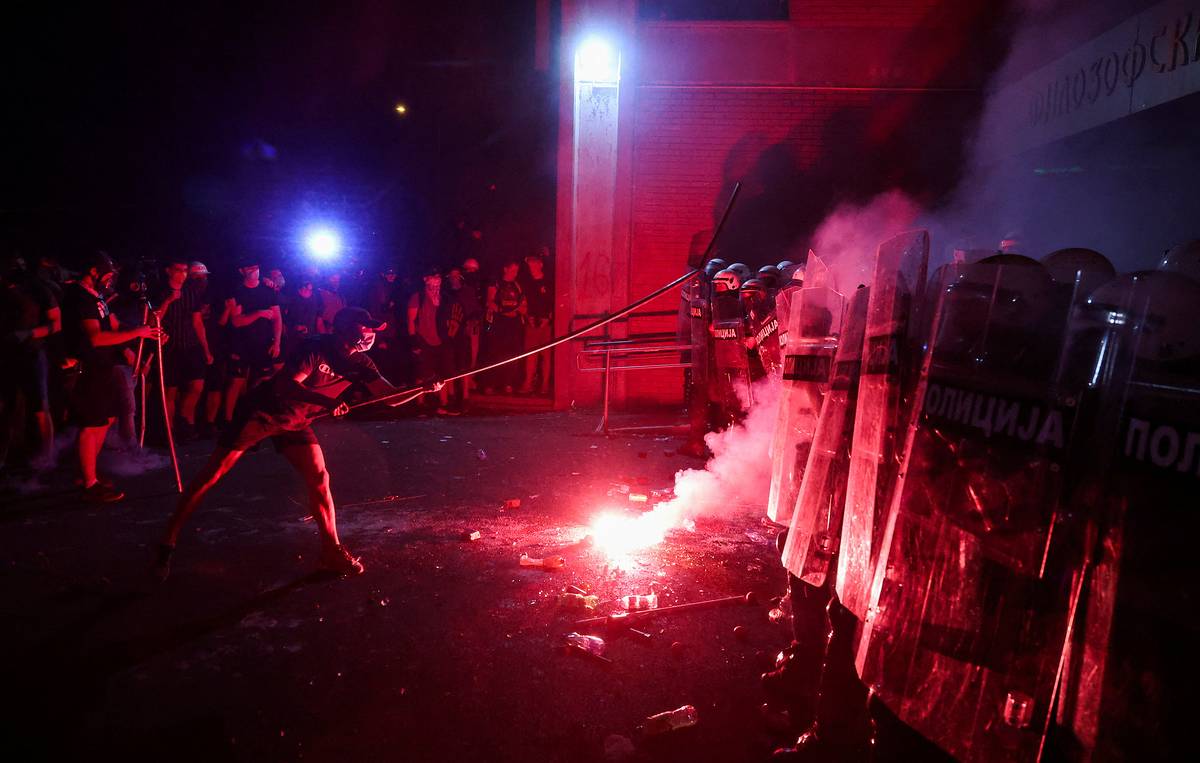By Anuradha Chenoy
Copyright thediplomat

For the first time in its modern history, the U.S. faces a formidable rival – a China that is fast outpacing it. For years, the U.S. has out-produced and out-innovated other rivals such as Germany, Japan (pre-World War II), and the Soviet Union during the Cold War. After the collapse of the Soviet Union in December 1991, the U.S. emerged as the supreme superpower. Not surprisingly, the global system was designated as being “unipolar.” That is no longer the case. Policymakers in the U.S. are divided over how to regain its lost primacy. Current policies under Trump 2.0 are confusing friends and foes alike, even as they are escalating the restructuring of international relations. Enter China – there’s enough data to show why the U.S. calls it a “pacing threat.” Although the GDP of the United States is higher than China’s, according to IMF projections for 2025, China’s Purchasing Power Parity (PPP) is 1.33 times that of the U.S. Despite its significantly lower GDP than that of the U.S., its annual rate of growth is much higher. Chinese manufacturing output in 2024 stood at 27.7 percent of the global share, surpassing the U.S.’ 17.3 percent. The U.S. Federal Reserve says that over the past two decades, China has become a manufacturing powerhouse. Its global trade volume surpasses the U.S., it has the world’s largest trade surplus, and it is the largest trade partner for over a 100 countries. It is not just the economy, though. According to the U.S. Department of Defense, the Chinese navy is the largest in the world with over 370 platforms, with its mine warfare, aircraft carriers and fleet auxiliaries outcompeting the U.S. The Chinese air force and unmanned aerial systems are comparable to the U.S. Air Force. China is ahead of the U.S. in the technology race in 37 out of 44 key areas, and possesses monopoly in several fields. Its strategic partnership with Russia is viewed by the U.S. as a major threat. And Trump 2.0 sees multilateral forums like BRICS as challenging U.S. dominance. U.S. policymakers and strategic elite are divided on how to deal with this, leading to a slew of often contradictory statements and policies. The chaos has evoked responses from nations that appear to favor China, Russia, and the multipolar restructuring already in process. A section of U.S. policymakers argue that the U.S. is militarily overstretched across the world with far too many commitments and wars. It is taking too much of the burden of the Ukraine war, and it is time to share it. This approach advocates that the U.S. turn to isolationism. Advocates of this position are Donald Trump, his Vice President J.D. Vance, the America First/Make America Great Again (MAGA) Republican lobby, and the Republican base as well as others who oppose the U.S.’ interventionist wars. The opposing position comes from the neocons or neoconservatives who had influenced former President Joe Biden’s policy toward China and multipolarity. Many in Trump’s current Cabinet also share this position – Marco Rubio and Elbridge Colby, for instance. Think tanks such as the Heritage Foundation, the Center for Strategic and International Studies (CSIS), RAND Corporation, the Atlantic Council and others are also proponents of this argument. This faction calls for strengthening NATO, increasing alliances in the Indo-Pacific, continuing support for the Ukraine war, economic coercive measures against countries that do not conform with U.S. strategic interests, and opposing authoritarian states. In other words, containment of China, support for Ukraine, and restraints on BRICS and other anti-West forums. Trump appears to be using both strategies – essentially shifting from one to the other as needed. Thus, he has levied tariffs on a hundred countries, many of whom view this as hostile economic pressure. Each of these countries have been negotiating with the U.S. but are also diversifying their trade and value chains to save themselves from Washington’s erratic behavior. Trump and Vance have warned NATO European countries that they have to increase their defense expenditure and can buy weapons from the U.S. to sustain the war in Ukraine as it gradually eases itself out. The U.S. president has engaged in direct talks with Russian President Vladimir Putin in Alaska and his trusted friend Steve Witcoff negotiates with the Russians. At the same time, they have also promised more missiles for Ukraine. U.S. backing of the genocidal policies of Israel, and its own bombing of Iran’s nuclear facilities, support for Israel’s bombing in Doha, Qatar, which is a major U.S. ally in the region and hosts one the biggest airbases in the region, show that the U.S. is not becoming “isolationist” by any stretch. At the same time, U.S. allies in the Middle East/West Asia are now exposed to its irrationality, its backing for Israel in expanding its territories, seeking control of West Asian airspace, desiring regional hegemony, and claiming that it is “re-structuring” the Middle East. These West Asian allies will look for long term alternatives in the times ahead. Trump’s negotiated deals with Japan, South Korea and EU countries have meant that these countries have had to commit to big investments in the U.S. South Korea, for example, will re-build the U.S. shipping industry. The EU countries will buy U.S. gas and help industrialize the U.S. at their own cost. All this sounds like a restructured U.S. imperialism that extracts surplus from clients in exchange for protection. However, the clients are beginning to question these forced investments that sound like tithes. Further, unlike when the U.S. held unipolar power, times have changed and other options are available. That option is China, and the BRICS countries that are busy constructing a non-militarized multipolarity. They are encouraging global trade on a fair basis without the pressure, and the embargoes. Originally published under Creative Commons by 360info™.



